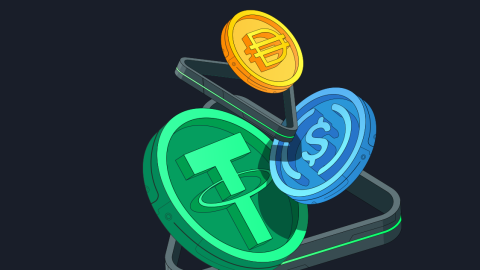As stablecoins gain prominence, outpacing even the fascination with AI adoption amidst growing discussions on de-dollarization, it’s crucial to understand key aspects of this financial innovation.
In a FinextraTV interview, Andros Gregoriou, head of research and finance professor at Liverpool Business School, delves into the fundamentals of stablecoins. He notes the digital revolution is rapidly advancing, making stablecoins significant. Gregoriou identifies four main types of stablecoins:
- Fiat-pegged: Tied directly to the US Dollar (e.g., Tether).
- Commodity-pegged: Linked to precious metals like gold or silver.
- Digitally pegged: Correlated with digital assets such as Ethereum or Bitcoin.
- Non-collateralized: Algorithmic and not pegged to anything.
Understanding these distinctions is vital because not all stablecoins are genuinely stable. Some may pose higher risks compared to investments in Bitcoin, Ethereum, or ETFs.
Gregoriou emphasizes the importance of knowing what a stablecoin is pegged against, particularly in relation to the dollar. To ensure a stable value, a one-to-one relationship must be maintained, backed by adequate cash reserves.
He also discusses the significance of regulation, suggesting that while strict regulation can help, a principle-based approach might be more effective in maintaining stability.
Furthermore, Gregoriou highlights how AI can complement stablecoins by aiding in the prediction of cryptocurrency trends and assessing digital assets.
He believes that the transparency of stablecoins, compared to the opacity of AI, is contributing to their rising importance. Unlike the unpredictable price of Bitcoin, stablecoins maintain a clear, stable value, reinforcing their appeal.
Despite the market’s volatility, Gregoriou asserts that stablecoins currently dominate the conversation and will likely shape the future of the financial landscape.
